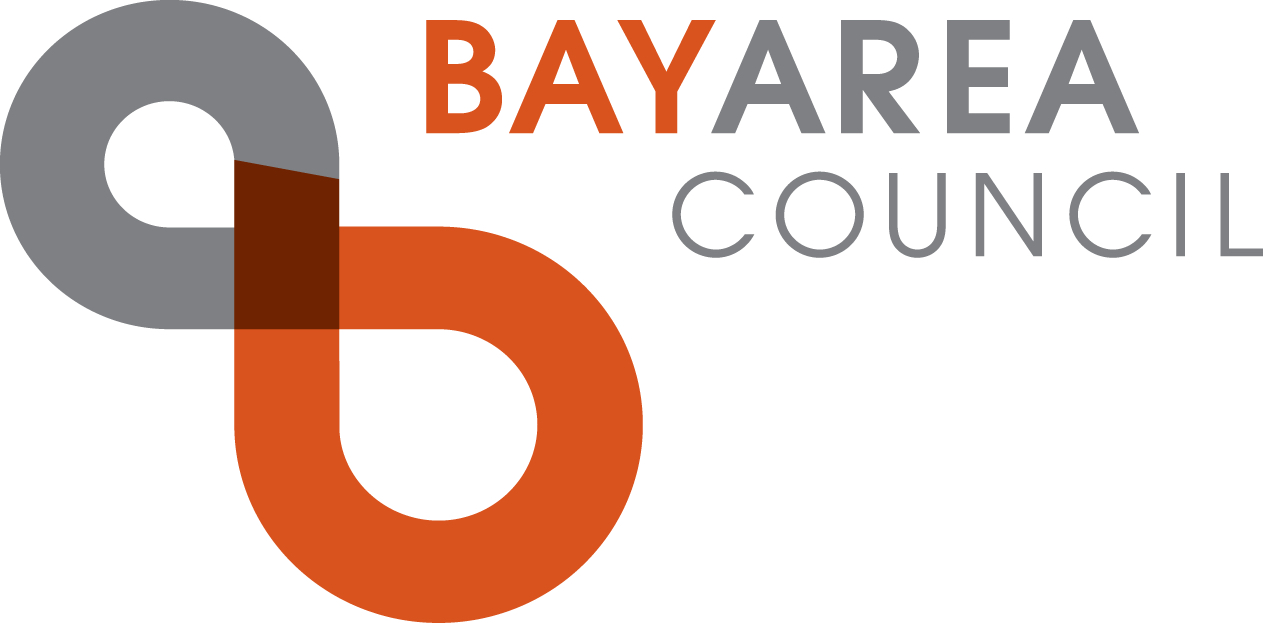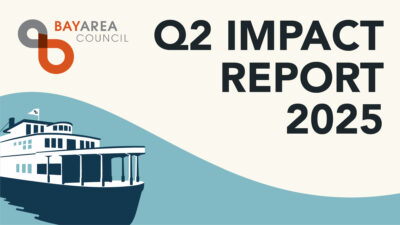New Report to Governor’s Paid Family Leave Task Force Highlights Key Effects of Program to Date
California’s landmark Paid Family Leave (PFL) program has enabled more mothers to enter the workforce while helping bring down labor costs for many small businesses and has not led to any increase in business closures, according to a new evaluation report by the Bay Area Council Economic Institute. The report’s release comes as Gov. Newsom and the state Legislature are negotiating a 2020 state budget deal and whether to adjust the structure and expand leave time offered under the program. A floor vote is scheduled to be held in the State Senate on Monday.
Among the key findings is suggestive evidence that following the program’s introduction, employment for new mothers increased overall, and in particular for new mothers between the ages of 30 – 34, who saw an increase in employment of 8.5%. Between 2004 – 2018, participation in the PFL program has grown an average of 5% per year. Additionally, the number of men participating in PFL has increased steadily over time, and if trends continue, male participation rates will reach the same as women by 2025.
The report also finds that PFL does not appear to increase firm exit rates (i.e., businesses ceasing operations), and in fact small businesses experience a reduction in labor costs when workers participate in PFL. While just 7% of businesses employing 25 or fewer workers ever had any worker use PFL, these smaller businesses experience, on average, a 14% decrease in per worker labor costs when workers use PFL. These reduced labor costs are recognized through worker retention and by avoiding the need to re-hire and re-train to replace workers that would have left the workforce in absence of the PFL program. And businesses that employ any worker who participates in PFL are no more likely to cease operations within one year than those who do not.
“We’ve known for a while that providing robust paid leave programs can advance gender and racial equity and improve health outcomes among newborns” said Patrick Kallerman, Research Director at the Bay Area Council Economic Institute. “This work definitively shows that these programs can also be beneficial to business.”
“It’s clear from this work that not only has California’s Paid Family Leave program helped families, but it has not increased business closures,” said Joe Nation, Ph.D., co-author of the report.
View the Evaluation of the California Paid Family Leave Program>>
California implemented the nation’s first PFL program in 2004. Funded by worker payroll contributions, the program provided up to six weeks of paid leave for workers to bond with a new child or to care for a seriously ill family member. In 2019, Gov. Newsom signed SB 83, which extended PFL from six to eight weeks, effective July 1, 2020. Despite the program’s successes, a Governor’s Task Force on Paid Family Leave has found that only half of eligible mothers and only one-fourth of eligible fathers took advantage of PFL in 2017, and among workers earning less than $20,000 annually, almost none took advantage of the program. The Task Force, pointing to low benefits and lack of job protection as primary reasons that more workers are not participating in PFL, has been exploring initiatives to increase that number.
The Evaluation of the California Paid Family Leave Program was prepared by Christine Pal Chee, Ph.D. and Joe Nation, Ph.D. for the Bay Area Council Economic Institute. Patrick Kallerman from the Economic Institute developed the report. The project was completed with support from Small Business Majority, the Bay Area Council and the Los Angeles Chamber of Commerce.





